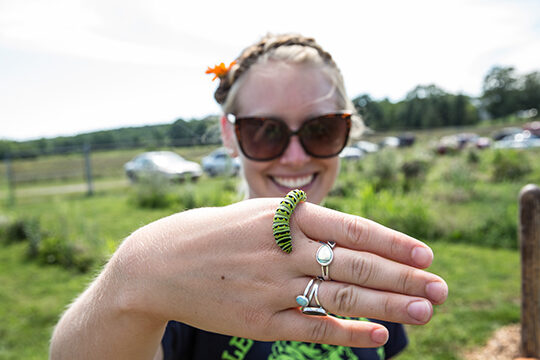
Active. Experiential. Engaged. See how U-M students and faculty are transforming education as part of the University’s Third Century Initiative. In an assessment issued in June, U-M leaders reported that the initiative resulted in an institutionalization of engaged learning ideals, an extremely high percentage of students reporting the experiences at graduation, and a faculty more confident overall in using this approach to teaching. The $50 million initiative to transform teaching and scholarship at the University funded many current courses, programs, and projects.
Green acres
The Transforming Learning for the Third Century (TLTC) initiative provided $20.5 million in funding to support innovative projects, faculty development, and assessment and evaluation. Some 128 projects representing 352 faculty and staff members from all schools and colleges across campus were included. More than 10,000 students were directly involved in one or more of these funded projects. Some courses placed students at the Matthaei Botanical Gardens where they often worked at the Campus Farm.
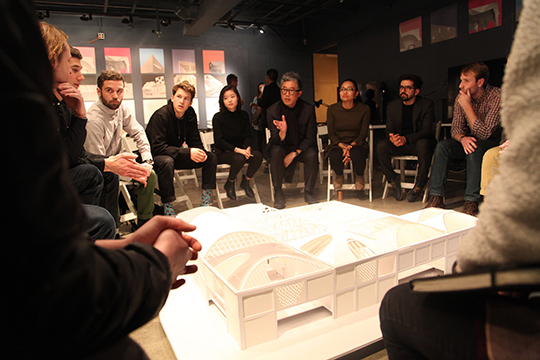
Up on the roof
The TLTC initiative incentivized faculty to test their theories and ideas about extending teaching into an engaged realm. The process also prepared faculty to apply for external grants to continue their work. Here, architect Mark Lee leads a discussion about the various design concepts architecture students have created for the roof of a campus building.
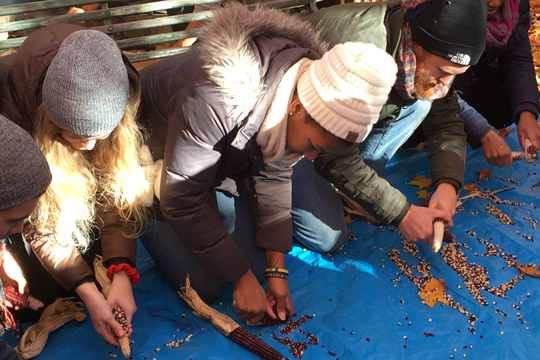
A-maizing
“Students who have participated in engaged learning experiences demonstrate increased ability to integrate new information into what they’ve learned and the ability to apply it in different real-world contexts,” says Provost Martin Philbert. Students recently spent time on Sugar Island in Michigan’s Upper Peninsula learning the traditions of the Sault Ste. Marie Chippewa tribe.
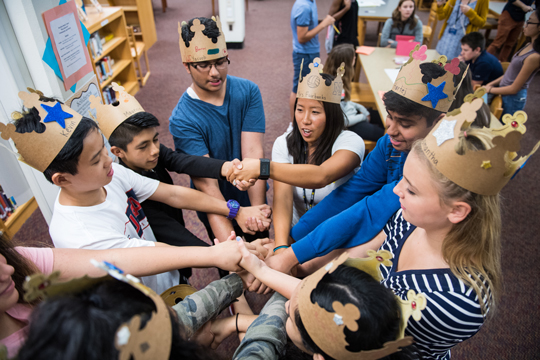
Teach them well
Engaged learning makes teaching a shared, social experience through exchanges within learning communities involving students, faculty, staff, and external constituents — all in the roles of both teacher and learner. Here, U-M students learn — even as they teach — at Scarlett Middle School in Ann Arbor.
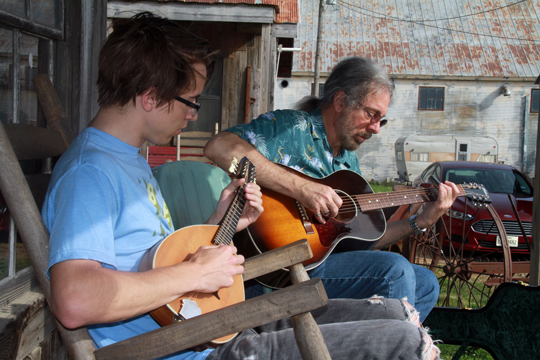
Go blues
As part of the initiative, students construct knowledge and assume the responsibility for learning. They are active participants in the creation of the learning experiences and in their own assessment. During the course “Living the Blues,” participants met musicians, visited historical sites in the American South and, of course, had jam sessions with their professor on a country porch.
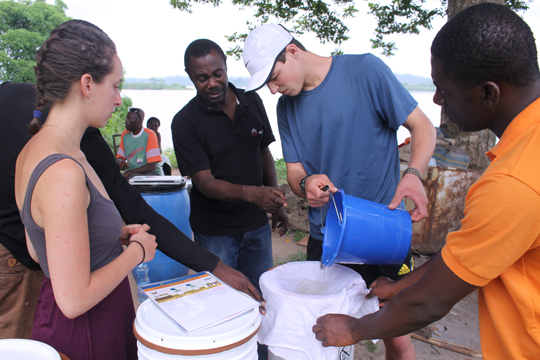
Pouring it over
The ultimate goal of the TLTC Initiative was not to be an end itself, but rather to catalyze a cultural shift at the University of Michigan where engaged learning ideals would spread beyond the original faculty and staff grant recipients. Here, students on a trip to Gabon demonstrate for community members how to assemble and use ceramic water filters.
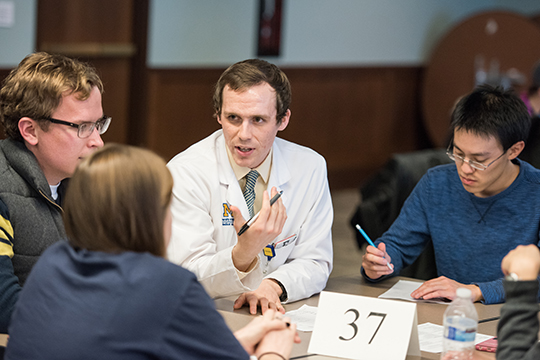
What’s up, Doc?
What do you get when you put together students from medicine, dentistry, pharmacy, nursing, public health, social work, and kinesiology? Better decision-making and learning, which leads to better care for future patients. During the debrief after the course, more than one student described “Interprofessional Health Education and Collaborative Care” as the most valuable exercise in their education to date.


